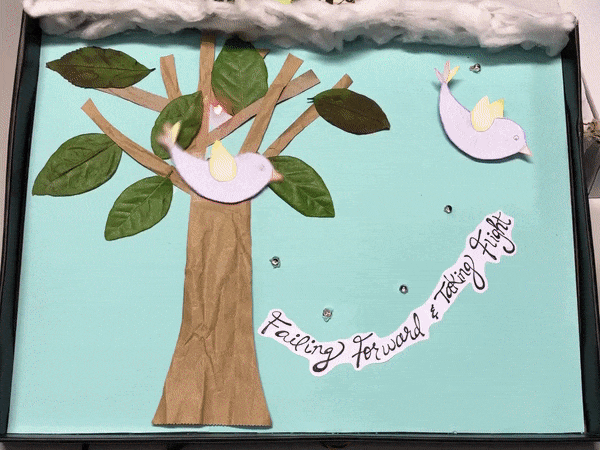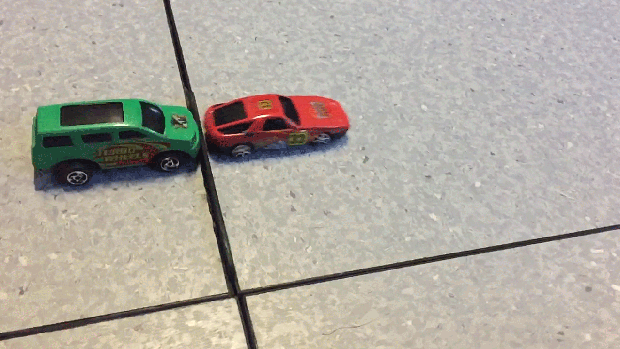As we look into the future of education, we see a world where innovation and creativity are king and students and teachers, alike, must know the value of failing forward. As a collective learning community, it is important that we empower one another to take risks and let go of our fears of failing. As educators, we must create an environment in which students feel safe to make mistakes and learn from them. Additionally, we should nurture the same type of environment for ourselves; an environment where teachers take the plunge into the use of educational technologies and learn to accept when things don’t go as planned and celebrate and share our growth through each explorational risk we take. If we want our students to spread their wings and fly with the winds of their intuitions, we must first show them that it can be done and that falling is inevitable and acceptable.
Sara Trowbridge & Shari Saddision

One of our major MAET Year 3 projects was to work in small groups to design and build a robotic sculpture that conveyed our vision of educational technology and its implications for the future of education. The image to the right is an accelerated animation of the robotic sculpture of our vision: Failing Forward and Taking Flight. In this representation, you’ll see a bird branching out from the safety of a tree and experiencing a cycle of challenges, successes and repeated efforts to take flight. We feel that this is a meaningful representation of the notion that reaching our goals takes time and although we are likely to experience setbacks throughout the process, we grow and become stronger from it.
Below, you will see images of our design and ideation process. We began by completing a rough sketch of our vision; the prototype. We then used the Hummingbird Duo Base Kit  to program various lights to illuminate and a servo to spin in order to put the bird into motion. After our prototype was completed and shared with our peers for feedback, we added an additional servo to enhance the experience of the little bird’s success of flying.
to program various lights to illuminate and a servo to spin in order to put the bird into motion. After our prototype was completed and shared with our peers for feedback, we added an additional servo to enhance the experience of the little bird’s success of flying.

In conclusion, I enjoyed this project and found meaningful takeaways throughout. Not only did my partner and I create a representation with a strong, relevant message, but we actually experienced the very sentiment itself throughout the process. From start to finish, we were faced with several technical challenges we knew little about. In the end, some of our ideas were actualized, while others morphed or faded completely. Regardless, we achieved our goals and came away with a remarkable portrayal of our vision. We flapped, we flew, we fell, and we flew again!



